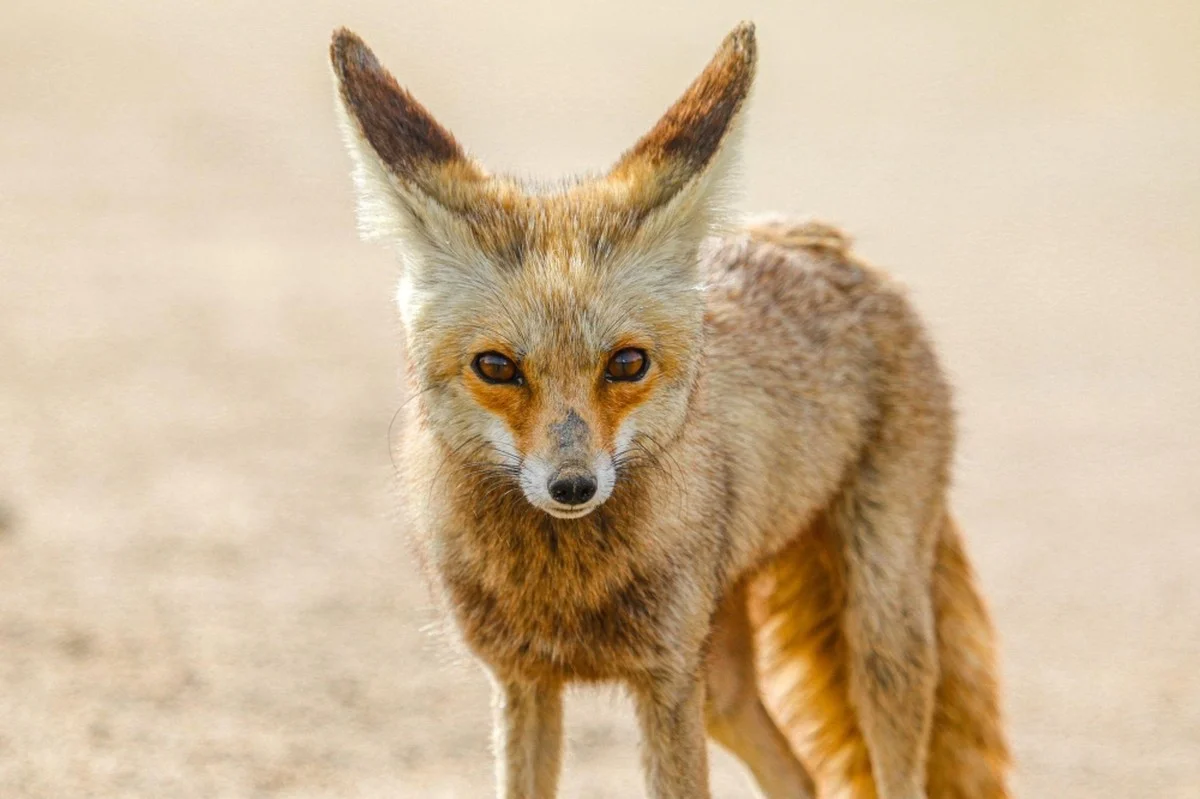23/01/2025
23/01/2025

KUWAIT CITY, Jan 23: The Environment Public Authority (EPA) has observed the spread of the Arabian red fox, locally known as "Al-Husni," across open areas in both the northern and southern parts of the Kuwaiti desert. This fox is considered the largest species of Arabian fox.
Dr. Abdullah Al-Zaidan, Deputy Director General for Technical Affairs at the EPA, informed Kuwait News Agency (KUNA) on Thursday that recent sightings of the Al-Hosni were reported in northern regions (north of Salmi and Mutlaa) and southern areas, particularly in open desert landscapes and nature reserves such as Jahra and Sabah Al-Ahmad.
Al-Zaidan explained that the presence of this fox has been tracked using camera traps and drones. The Arabian red fox is one of the most widespread desert mammals and is often attracted to areas where food is readily available, such as camps and human settlements.
This species is known to inhabit various environments, including mountains, coasts, deserts, and areas near residential cities, which provide ample food sources. Al-Zaidan also noted that male foxes are generally larger than females. They are carnivores, adapted to survive in harsh climate conditions with temperatures exceeding 50°C in summer and near freezing in winter. Their ability to endure environmental challenges makes them well-suited for desert life.
The fox typically measures around one meter in length, with a tail length of approximately 40 cm. It weighs between 2.7 and 4.5 kilograms. Arabian red foxes seek shelter in underground burrows and are most active during the night, becoming less active during the day.
Al-Zaidan further explained that the Arabian red fox's primary habitat is in the Arabian Peninsula, where it is commonly found in countries such as Kuwait, Oman, the UAE, Syria, Jordan, Yemen, and Saudi Arabia.
The EPA has been working in collaboration with the Scientific Center, part of the Kuwait Foundation for the Advancement of Sciences, for several years on rehabilitation programs and the release of Arabian red foxes into natural desert habitats in Kuwait. This species is listed in Appendix III of the Convention on International Trade in Endangered Species (CITES) to regulate the illegal fur trade.
Additionally, the Arabian red fox is classified as a species of "least concern" on the International Union for Conservation of Nature's Red List. Al-Zaidan emphasized the Authority's ongoing efforts to protect unique ecosystems and preserve desert wildlife from habitat destruction, ensuring their sustainability for future generations.


